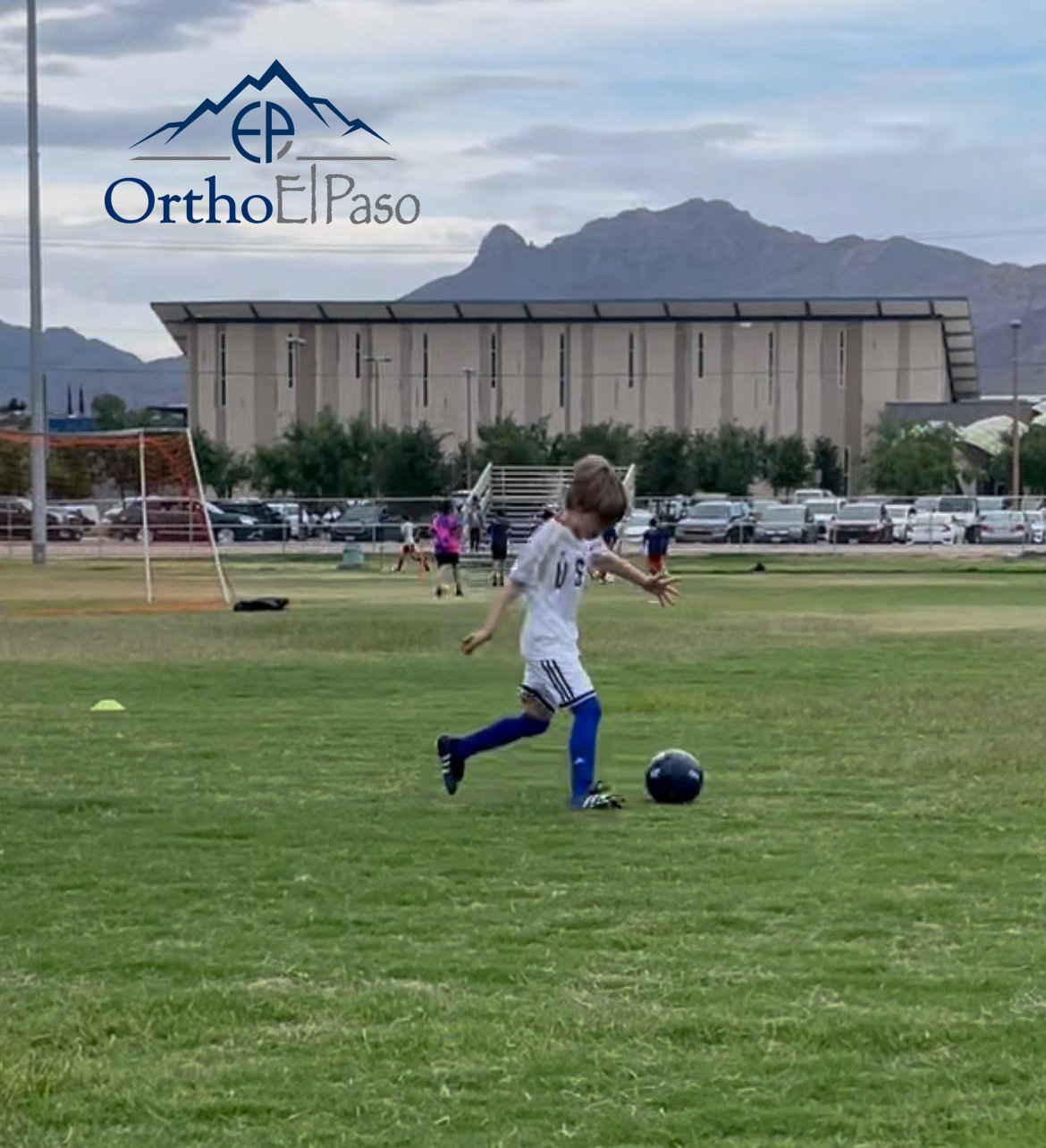Youth soccer in the United States continues to increase in participation steadily, with the greatest percentage of preadolescent participants than any other youth sport, according to The American Academy of Pediatrics. It is estimated that 3.9 million children and adolescents participate in soccer annually, and over the past 15 years, the number of youth officially registered with US youth soccer programs increased by almost 90%
With the increased number of youth participants, small but concerning numbers of injuries not usually sustained by young kids are showing up in emergency rooms due to soccer play including broken bones, ligament injuries and concussions. By no means are we recommending that you keep your kids out of soccer play, but it would be recommended that you find a league that also promotes a prevention program to reduce the risk of injury. Rule enforcement and fair play also serve an important role in reducing the risk of injury among youth soccer participants.
A prospective study of emergency department visits for soccer-related injuries between 1990 and 2003 suggested that 5- to 14-year-old athletes were more likely to suffer upper-extremity injuries than high school athletes, and high school athletes were more likely to suffer a concussion. More recently, a similar study of soccer-related injuries presented to emergency departments between 1990 and 2014 revealed lower overall injury rates among 7- to 11-year-olds compared with 12- to 17-year-olds, with younger athletes more likely to suffer a fracture and less likely to suffer a concussion. (Source: The American Academy of Pediatrics)
The majority of injuries among youth soccer players involve the lower extremities. The ankles and knees are the most commonly injured body parts, whereas sprains and/or strains and contusions are the most commonly reported injury types. Fractures are less frequently reported. In a study of time-loss injuries among soccer players ages 5 to 17 over a 2-year period, ankles and knees were the most commonly injured body parts followed by muscle injuries.
The news is nothing to be alarmed about. Kids are resilient, tough and if taught proper play, injuries are not a concern. Be aware of your child's complaints about body pain especially following soccer play and let them go Kick Some Grass!









